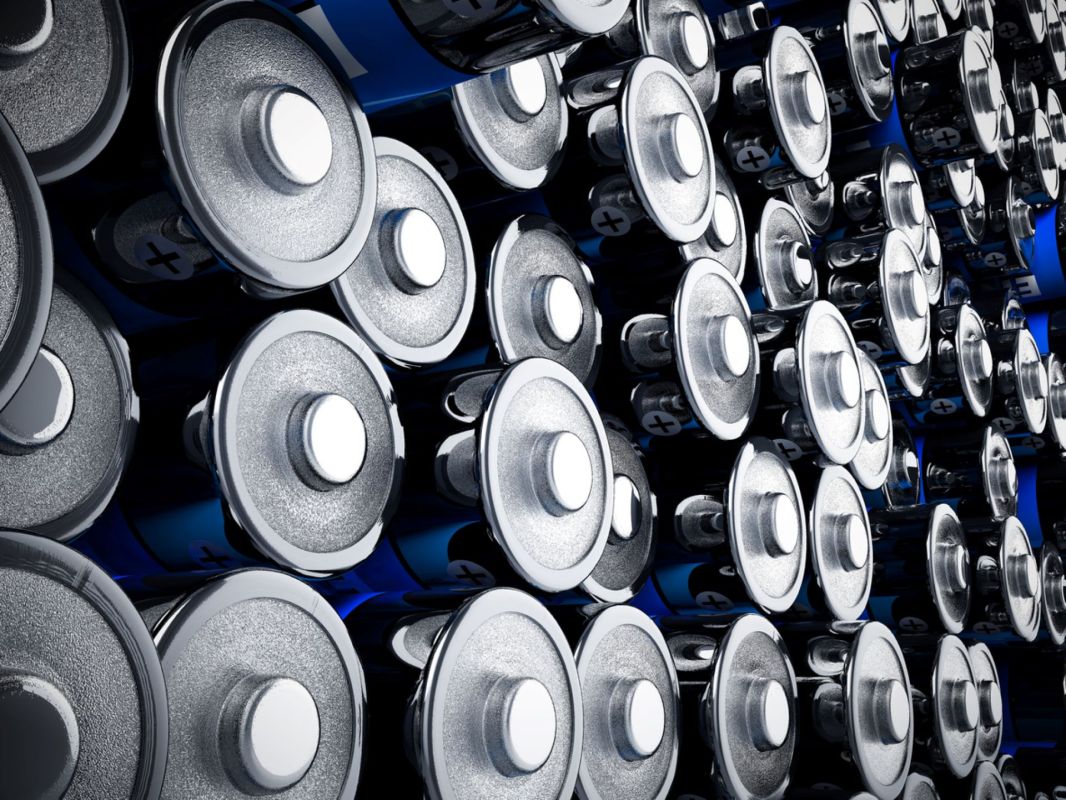San Diego scientists are testing breakthrough supercapacitor tech — that could transform how electric vehicles are powered — by building a miniature boat.
University of California San Diego engineers are proving a concept that EVs, boats, and even phones and devices can be built from materials that serve as supercapacitors, capable of storing enough power for their operation.
If the technology proves capable of scaled production, it could be a game-changing pivot in how we power our rides, eliminating cumbersome batteries. The weight reduction would allow for greater operation times, per the UCSD experts.
"This can extend the operational time of electronic systems, like in submersibles for ocean explorations or in consumer electronics — imagine longer operating time for AirPods," Tse Nga "Tina" Ng, a professor working on the project, said in an Anthropocene article.
To demonstrate the potential, the team built a boat.
It's made from a fabric of woven carbon fibers and a conductive plastic — creating a supercapacitor. The experts said carbon fibers are strong, durable, and already used to make boat hulls. They simply added the battery elements, noted the Anthropocene article.
Just like a regular battery, the hull has two electrodes and other components needed for the charge/discharge cycle. The researchers did some tweaking with the elements in the electrolyte (where ions flow back and forth during the charge/discharge cycle) mix to maintain strength and charge efficiency, according to a UCSD lab report.
The mini boat is charged by a small solar panel on the top. It is shown in a UCSD video clip maneuvering around a small pool.
It doesn't quite resemble a boat that's fit for your next fishing trip, mostly due to the exposed wires. But, it's a next step toward what could be a transformational shift in electric power. A big challenge was creating a design that provided the needed components and layout for conductivity, while also providing structural strength.
"There is still a ways to go, especially on the manufacturing challenge," Ng said in the Anthropocene story.
The UCSD team said the supercapacitor can provide good power. However, energy storage is lacking. That's the next problem to solve.
"Our future work will focus on increasing the energy density of our supercapacitor and making it comparable to some battery packs," said study first author, engineering student Lulu Yao, in the UCSD report. "The ultimate goal would be to achieve both higher energy density and power density."
Join our free newsletter for weekly updates on the coolest innovations improving our lives and saving our planet.









